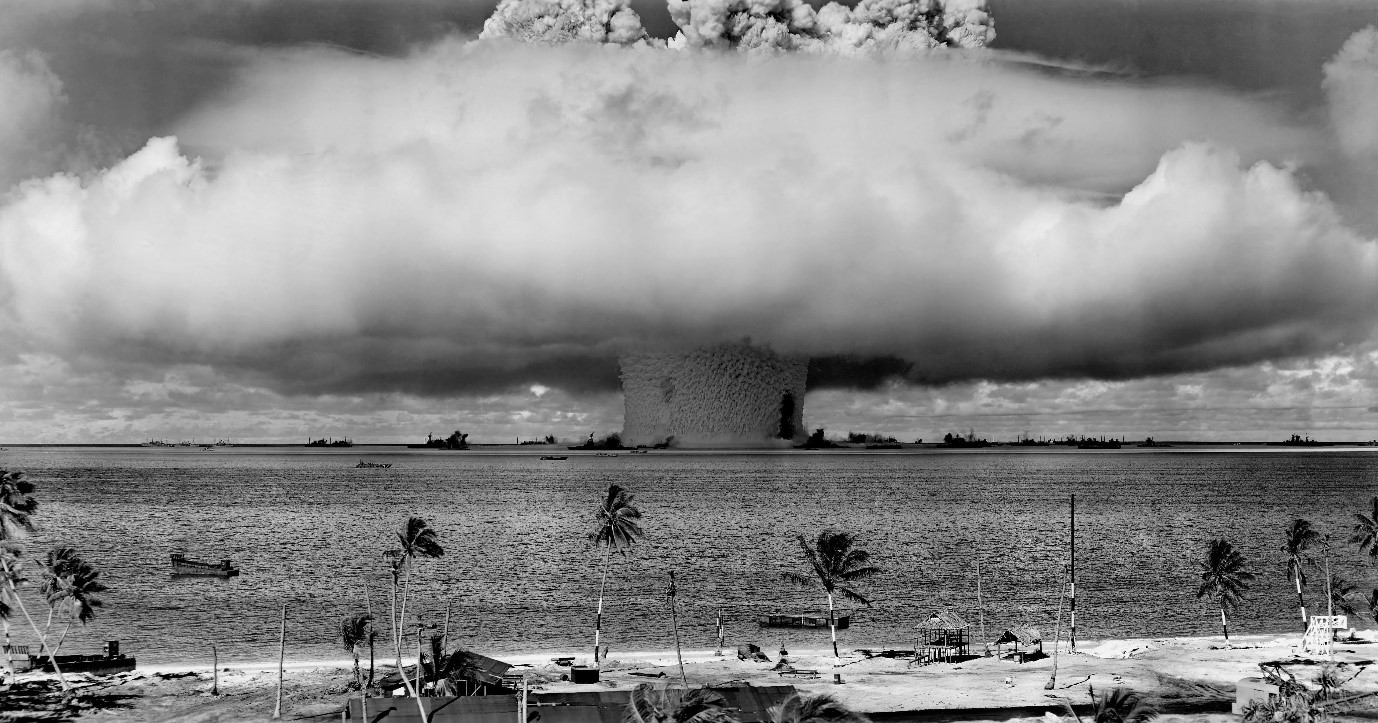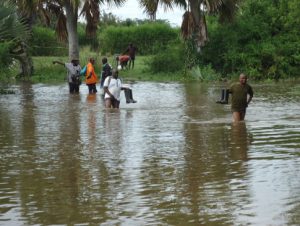Since the first nuclear weapon test on July 16, 1945, humans, the environment, and all life forms have experienced tragic consequences. The chance to consider this risk and join hands to stop the testing of these destructive weapons is provided by the International Day against Nuclear Tests, which is observed every year on August 29. It is also a chance to persuade all nations to ensure the Comprehensive Nuclear-Test-Ban Treaty (CTBT) enters into force as presented by the International Day against Nuclear Tests. The day was founded by the United Nations General Assembly on December 2, 2009, during their 64th session. Early on, people discounted the negative impacts and risks of nuclear energy testing on human life, but history has repeatedly shown how damaging these tests can be. Because they are unstable, nuclear weapons are unnecessary for the globe.
The History of the International Day against Nuclear Tests
The International Day against Nuclear Tests was established on August 29 by resolution 64/35, which was unanimously adopted at the 64th session of the United Nations General Assembly on December 2, 2009. The resolution’s main points were that “every effort should be made to halt nuclear tests in order to avoid severe and damaging consequences on people’s lives and health” and that “the termination of nuclear tests is one of the fundamental measures of realizing the goal of a nuclear-weapon-free world.” The Republic of Kazakhstan chose August 29 as the day to observe this holiday in order to coincide with the closure of the Semipalatinsk Nuclear Test Site on that day in 1991.
The International Day against Nuclear Tests was first observed in 2010. Worldwide events such as conferences, symposiums, competitions, publications, media broadcasts, lectures, and more are organized with a lot of work every year. Many supporters, government-level organizations, and civil society groups have supported the cause and pushed for the outright prohibition of nuclear testing.
Historical Timeline of the International Day against Nuclear Tests
- On September 12, 1933, Leo Szilard came up with the concept for the nuclear chain reaction.
- In 1945, Japan’s Hiroshima and Nagasaki were attacked with nuclear weapons, having severe aftereffects that are being felt today.
- In 1986, thirty workers perished in explosions at the Chernobyl Power Plant and 300,000 people had to relocate.
- On August 29, 1991, the Semipalatinsk Nuclear Test site was shut down.
- On December 2, 2009, the UN General Assembly passed resolution 64/35, designating August 29 as the International Day against Nuclear Tests.
Did you know?
- The Chernobyl Incident
The explosions at the Chernobyl power plant released radiation that was 100 times more than that of the nuclear bombs unleashed on Hiroshima and Nagasaki during World War II.
- The strongest nuclear device ever
The Tsar Bomba from Russia is the most potent weapon ever devised by man, producing a mushroom cloud that is 40 miles high and 25 miles wide.
- Discarding outer clothing
After a nuclear disaster, removing one’s outer garments can help rid of 90% of the radioactive material.
- Hazardous scenarios
Since 1999, three nuclear power plant accidents have occurred in Japan.
- Reconsidering nuclear power
Following the nuclear tragedy in Japan in 2011, many nations are turning to alternative energy sources, with Germany aiming to shut down all of its reactors by the end of this year.
The Significance of International Day against Nuclear Tests
- It underlines the risks associated with nuclear testing – Radioactive testing has exposed communities to radioactivity and nuclear radiation throughout history, with tragic outcomes.
- Developing more sustainable energy sources – Nuclear energy isn’t just for making weapons. Some nations throughout the world use nuclear power plants as a source of energy, however, the volatile nature of nuclear energy needs to be seriously taken into account in order to shift to sustainable means of power production.
- For a brighter tomorrow – A society devoid of nuclear weapons is a utopia that will undoubtedly result in improved international relations rather than a reliance on hostilities.
- The World recognizes the tragic and ongoing harm caused by the nuclear arms race on the International Day against Nuclear Tests – It serves as a way to honour those who suffered as a result of the foolishness of nuclear brinkmanship. And it should serve as a wake-up call for the entire world to enact a binding ban on all nuclear tests.
To observe International Day against Nuclear Tests;
· Read about it
The history of nuclear weapons and their use is well known. However, few individuals are aware of nuclear testing and its effects. Read about the experiments and the first-person testimonies of locals who suffered terrible side effects.
- Take part in a regional cause
On the International Day against Nuclear Tests, civil society groups launch campaigns to influence major policy shifts. Join in and speak out against nuclear testing.
- Join a seminar
Every year on this day, the United Nations and other organizations organize a large number of seminars, conferences, and debates. Visit a nearby location or a live session online.
We make a collective commitment to work toward a world free of nuclear weapons as we observe the International Day against Nuclear Tests today. We understand that nuclear testing is an activity that is inevitably destructive and has no place in a future that is both healthy and sustainable. We must keep collaborating to develop alternatives to nuclear testing and eventually create a world devoid of them. Let’s put a halt to nuclear testing immediately and permanently and put nuclear weapons into the past!!!







